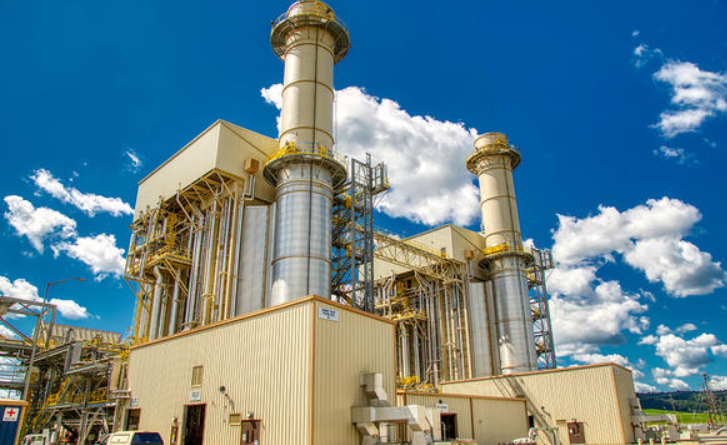
This project is a partnership between Louisville Gas and Electric Company (LG&E) and Kentucky Utilities Company (KU), EPRI, and the University of Kentucky College of Engineering.
Bechtel, a corporation that specializes in engineering, construction, and project management, and the University of Michigan are also involved.
The carbon capture research project, financed largely by a $5.8 million grant from the Department of Energy in 2022, involves LG&E and KU’s Cane Run Generating Station natural gas combined cycle (NGCC) plant.
The NGCC, also known as CR7, has been operational since 2015 and is one of only two NGCCs in the country to get funding from the DOE for research.
The project requires a front-end engineering design (FEED) study to assess the viability and estimated cost of piloting and deploying the UK-developed carbon-capture technology on CR7.

The objective is to capture at least 95% of carbon dioxide from gases leaving the stacks of the unit.
CR7 is indicative of NGCC power plants in the Midwest and Midsouth, where carbon dioxide storage is restricted geographically. This study is anticipated to generate significant knowledge for retrofitting carbon capture processes on other NGCC units.
The study will establish the foundation for a 10- to 20-megawatt carbon capture and sequestration pilot unit at Cane Run. If deployed according to the group’s FEED research, the unit would be the first of its sort in the world.
John R. Crockett, president of LG&E and KU, said, “As part of our commitment to reach net-zero carbon emissions by 2050, decarbonization technology is a significant emphasis area for our utilities and others in the energy business with similar aspirations.” We’ve been at the forefront of carbon capture research for almost two decades, and we feel that our expertise, together with that of our partners, will be important in improving this technology.
Neva Espinoza, EPRI’s vice president of energy supply and low-carbon resources, noted, “Demonstrating innovative technologies at scale is a crucial step along the path from idea to commercialization.” This fundamental research will offer fresh insight on the possibilities for carbon capture technologies in Kentucky and contribute to the advancement of sustainable energy worldwide.
Kunlei Liu, associate professor in the Department of Mechanical and Aerospace Engineering at the University of Kentucky, said, “This research will ultimately enable us to complete all of the necessary assessments, scale up our existing carbon capture technology, and move to a fully-functioning, utility-scale operation that could sell the captured carbon to one or more local businesses for their needs, or permanently store it underground.”
The FEED study will run from now through the middle of 2024 and will incorporate UK pre-FEED studies.
The government subsidy for the study is the largest received by LG&E and KU since 2011, when the same team — UK, EPRI, and LG&E and KU — received an award for a carbon capture pilot at the utilities’ E.W. Brown Generation Plant.
The research is also a significant achievement for the long-standing relationship between UK, LG&E, and KU that began in 2005. Since 2014, the two have managed the largest carbon capture system in Kentucky at E.W. Brown. They continue to develop in decarbonization, hydrogen, and other technologies in conjunction with the utilities’ parent company, PPL, and the PPL Research and Development Center located at KU’s Lexington campus.
The United Kingdom’s 200 academic programs invest $501 million in research and development.
